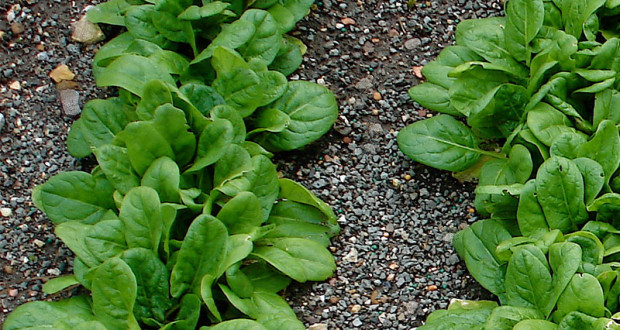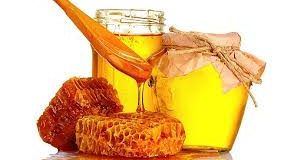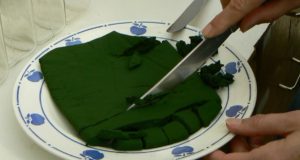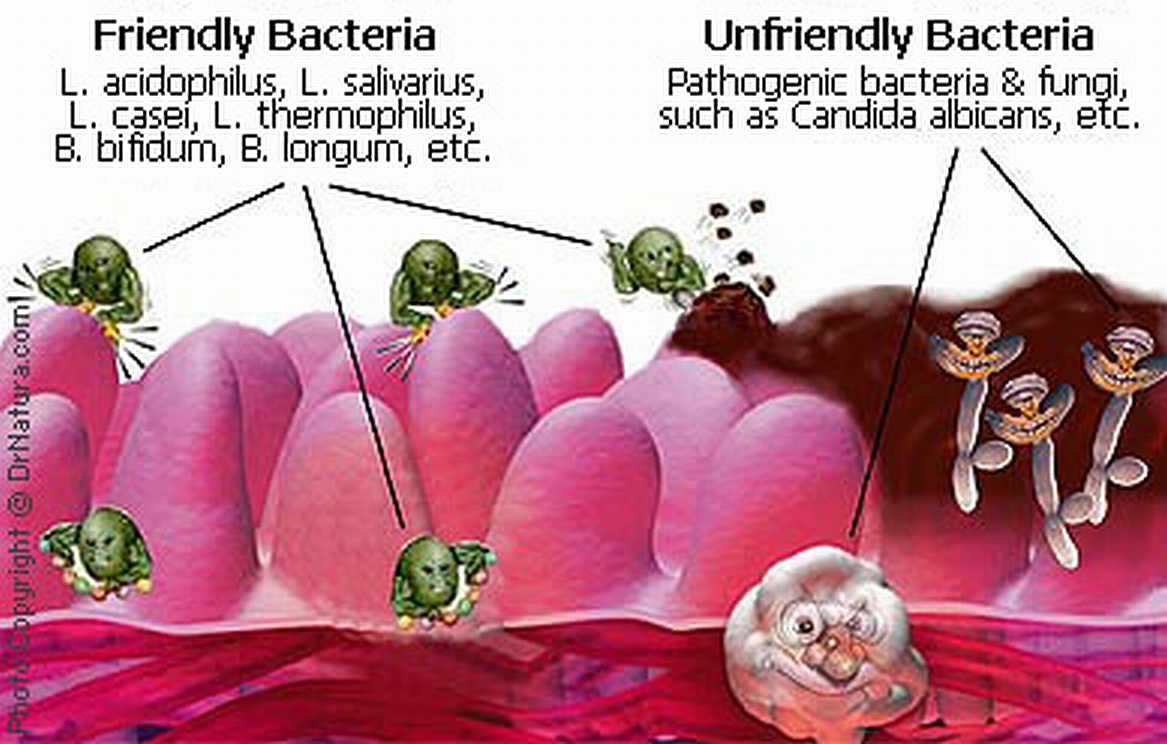
What we eat on a daily basis can play a huge role in how our bodies respond in terms of muscle recovery and soreness. But there are specific foods that can help reduce soreness and inflammation and speed up muscle recovery time following strenuous exercise or work. A few of these foods are: turmeric, ginger, pineapple, cherries, mixed berries, nuts and salmon.
Turmeric in particular is a wonderful food/herb from the ginger family and contains curcumin, a powerful anti-inflammatory. It also contains cancer fighting compounds and acts as an antioxidant as well. Pineapple contains a protein-digesting enzyme called Bromelain, which helps reduce inflammation and pain in joint related conditions. This enzyme is also beneficial for wound healing, angina, and muscle soreness. Ginger is a great food that has long been known for it’s anti-inflammatory properties. It also provides antioxidant protection against free radicals. Ginger contains a very potent anti-inflammatory compound called gingerols, which are thought to be the reason why so many people see pain relief from osteoarthritis and rheumatoid arthritis. Antioxidants are “free radical scavengers” that actually neutralize free radicals by giving up an electron to the free radical and neutralizing it.
Berries contain powerful antioxidants called polyphenols that protect cells from free radical damage, which can cause premature aging and speed up the onset of heart disease and cancer. Blueberries, cranberries, raspberries and blackberries all contain antioxidants but new studies are suggesting that blueberries may contain the highest concentration of antioxidants.
Salmon and flax seed both contains EFAs (essential fatty acids) which are inflammation and soreness fighting compounds. These EFAs technically speaking are polyunsaturated fattyacids (PUFA) and contain immune modulating compounds. Organic and wild caught salmon are the best sources of EFAs. Most salmon sold in supermarkets are not wild caught so be careful. They may also contain harmful dyes given to the fish to make the meat appear more red.

Source by Carey Dodson
 Vitamin Agent The Health & Naturalistic Source
Vitamin Agent The Health & Naturalistic Source





